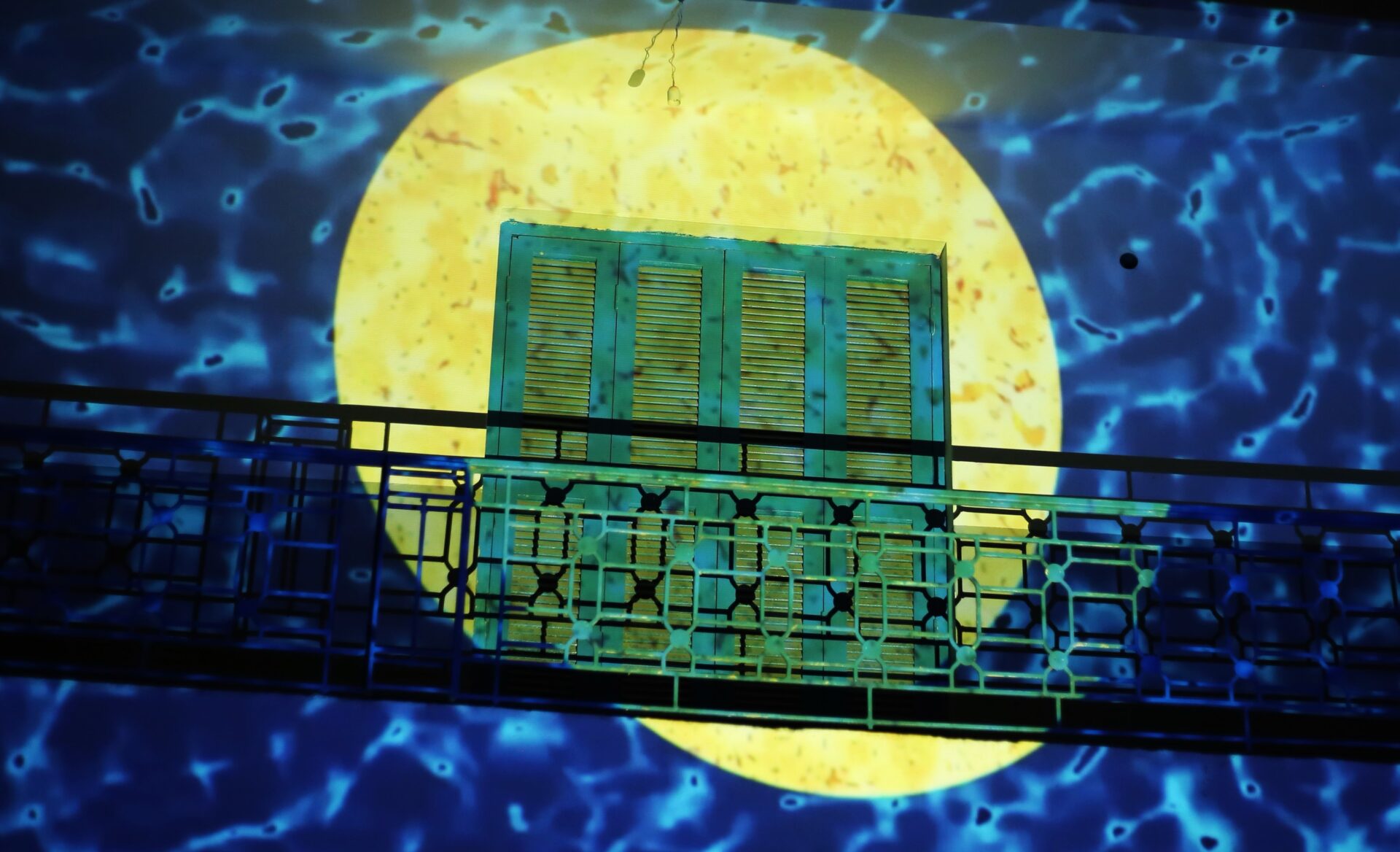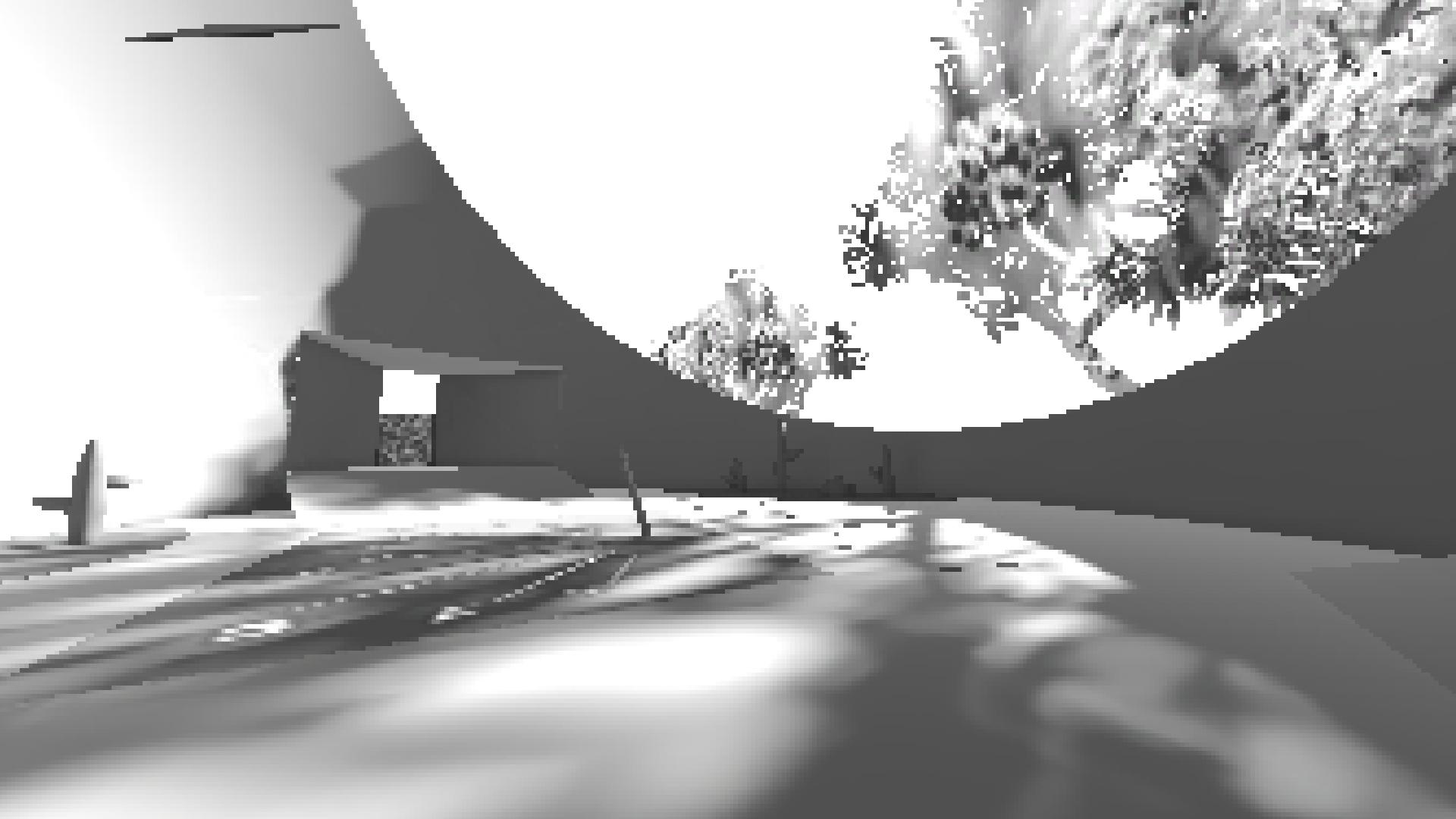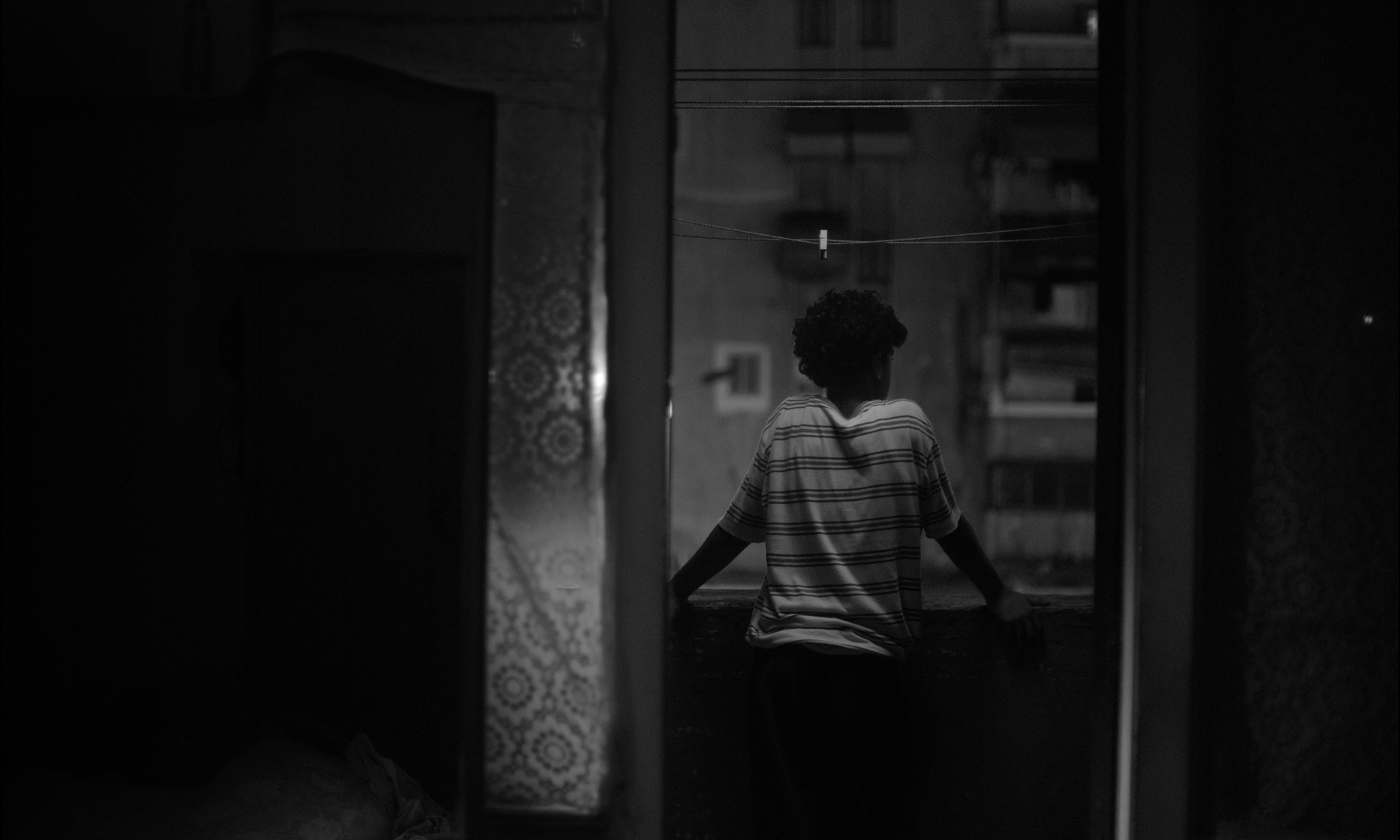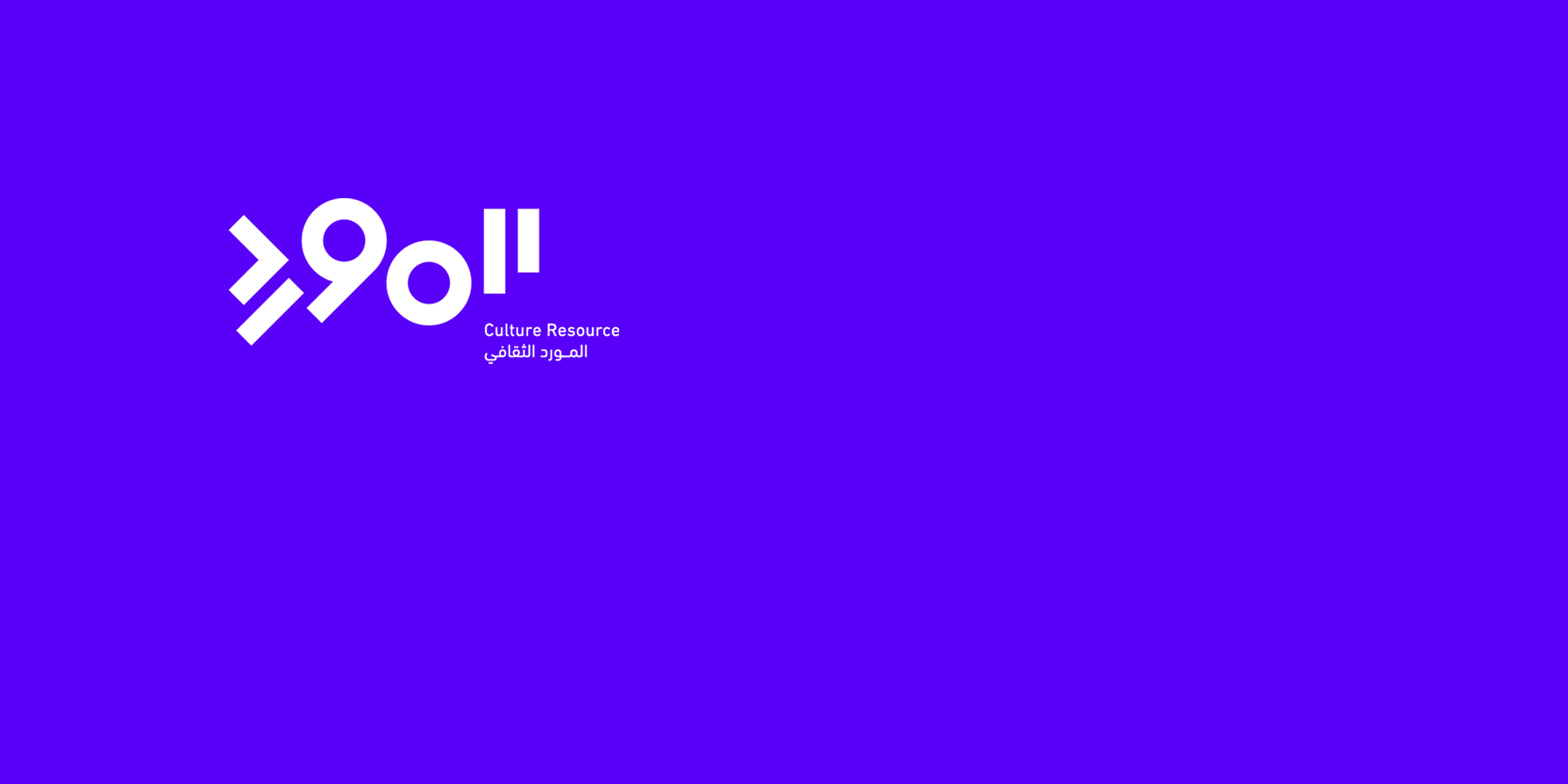Culture Resource is pleased to announce the grantees of the 2020 round of the Production Awards program which supports and encourages a new generation of artists and writers from the Arab region by funding their early creative projects in music, cinema, literature, visual arts and performing arts. The jury selected 20 projects out of 355 applications.
Music
Firas Abou Fakher, Lebanon/ musician, composer and cofounder of Mashrou3 Laila band
“Music in One Movement”
An experimental composition inspired by events in the musician’s childhood, this piece explores the moments and motives of migration. Every detail of these moments is indelibly etched on the individual, from their childhood memories to every aspect of their present and their impact on their community.
Nebil Mannai, Tunisia/ singer with Tree9 band
Production of Tree9’s first album, “Tree9” (Road)
The album is an extension of the band’s previous work, “wra hdoud al saed” (Beyond the norms) produced in late 2017. The music is set to texts by Nebil Mannai, describing emotional states in the process of questioning behavioural and religious norms. It is an invitation to relativism, to question absolutes and prejudices. The members of Tree9 are passionate about polyrhythm, the synthesis of emotively and aesthetically contrasting rhythms, because this synthesis connotes relativity and unexpected compatibilities.
Hekmat Qassar, Syria/ musician and graphic designer
“91 Pictures”, part of the “Eqtibasat” project
Eqtibasat, a musical/visual project launched in 2018, that presents music associated with illustrations or videos in the form of musical/visual quotes. The project was motivated by a need to probe questions related to depression and polar disorder. “91 Pictures” consists of a 20 minute audio recording, consisting of three tracks, and a book containing 91 images on existence, misery and love.
Aly Eissa, Egypt/ musician and composer
The production of “Gouda Bar” album
The album is a collection of original compositions that explore the relationship between contemporary and traditional forms of Egyptian music. The compositions draw on a wealth of musical influences from traditional Egyptian folk and spiritual music through modern innovators such as Abdo Dagher and Riad El Sunbati to the controversial “mahraganat”, the contemporary electro-shaabi music that originated in Cairo’s popular neighborhoods.
Jury members:
Samira Kadiri, Morocco/ opera singer;
Huda Asfour, Palestine/ singer and composer;
Khyam Allami, Iraq/ composer.
“What particularly strikes one in these projects is how they embody a collective awareness of the role and power of art and music, which is manifested in the relevance of the themes to their sociopolitical contexts. As these young artists diversified and expanded on their fresh ideas, they turned music into an instrument of self-discovery and self-assertion and, in the process, an instrument of free expression about their countries and identities. From one project to the next, we discover a new generation of innovators, especially among those living outside their homelands.”
– Samira Kadiri
Cinema
Said Zagha, Palestine/ director
Post-production of the short fiction film “A House for Rent”
Hasna, a Palestinian woman in her fifties, finds a young man at her door claiming to be an American tourist who got lost on his way back to Jerusalem and asking if he could spend the night at her home. She is suspicious, but her husband, the sixty-some year old Nabil, tells her that the young man seems nice and harmless. To the couple’s surprise, the Israeli army suddenly imposes an unexplained curfew on their village, causing Hasna’s suspicions to mount.
Nadim Suleiman, Syria/ director
Production of the feature documentary “I’m one of them”
Nadim, an immigrant filmmaker, meets Grzegorz, a Polish nationalist, and starts to shoot a film about his political career. When Grzegorz loses the elections and gives up politics, Nadim helps him pursue his old dream of recording his first hip-hop album. After finishing the album, Grzegorz decides to accompany Nadim on a trip to Syria, which will be the furthest he has ever been from Poland.
Marwa Zein Elabdin, Sudan/ director and producer
Development and production of the short experimental documentary “What about the Janjaweed?”
The film unfolds in the three Sudanese states that sparked the revolution. All had been marginalized for decades and each has a unique story to tell of resistance and resilience in the face of displacement, impoverishment, subjugation and massacre. The director aims to forge a unique audiovisual archive, combining personal testimonies, poetry, music, and local geographies, creating a collection of lyrical reflections on the Sudanese revolution that will tell only a fraction of the sacrifices the Sudanese people made in their historic struggle.
Abdallah Al Khatib, Palestine/ director
Production of the feature documentary “The Yarmouk Ghetto”
Faced with the bombing, siege and starvation threatening their families and community, a group of Palestinian activists from Yarmouk, a Palestinian refugee camp near Damascus, take action through community work, education, music, theater and the dissemination of love and joy.
Jury members:
Sawsan Darwaza, Jordan/ director;
Amjad Abu Alala, Sudan/ director;
Ala Eddine Slim, Tunisia/ director.
“The proposed projects were sophisticated and remarkably interesting. Most of them came with screenplays that were ready for shooting or with unique and detailed directorial visions complete with production plans and realistic budget projections. As I read through the applications, it was heartening to see how thorough and professional most of them were. I did notice, however, that many of the stories or scenarios were based on very personal experiences which, to me, could serve as a kernel for a main idea but needed to venture toward broader horizons, connecting with other experiences and other realities in the broader realms of life.”
– Sawsan Darwaza
“Evaluating these projects by filmmakers from different parts of the Arab region was a wonderful, enjoyable and important experience that I found personally edifying. I was delighted to discover such a large quantity of promising Arab works, heralding excellent years to come for Arab cinema.”
– Amjad Abu Alala
Literature
Yasser Abdelnabbi, Egypt/ poet and novelist
“Coptic Mary”
A novel in two parts. In the first, a young Upper Egyptian Christian woman relates her love affair with a Muslim youth. After a girlfriend of hers tells her parents about this relationship, her parents have her confined to a nunnery in the desert for many months. Yet, somehow, their relationship survives. In the second part, the young man relates the same events from his perspective.
Anas Ibrahim, Palestine/ writer and novelist
“Beggars of Existence”
A couple is caught in a disastrous marriage. The husband feels alienated from his wife and from himself, while the wife detests her husband and blames him for her misery. The husband attempts to commit suicide which fails in such an ironic way that he decides to share it on Facebook. Within hours he becomes an internet celebrity which changes his life completely. Through his online presence and influence he can compensate for his actual “non-existence” although this deepens is alienation in the real world. Meanwhile his wife also begins to search for compensation outside their home.
Dina Mohamed, Egypt/ writer and novelist
“Departure and Alienation”
The novel centres around an Egyptian Nubian family forced to abandon their home and village during what the Guinness Book of Records lists as the longest human migration. From October 1963 to July 1964, an estimated 200,000 people were displaced at the time of the filling of the Aswan High Dam and compelled to migrate distances of up to 400 km.
Ismael Ahmed, Yemen/ novelist and playwright
“A Thrilling Match At Midnight”
What happens when the hair-thin border between genius and madness dissolves? The novel explores this question through its darkly humorous depiction of the plight of the contemporary Arab man. An Arabic language professor, in the course of his nightly ramblings, wages imaginary battles in which he hurls lethal insults at invisible foes. One day he returns home to break the wonderful news to his wife that he had been fired from his job because this will free him for far more important things. His real ordeal begins now that he has the chance to see his town under the glare of daylight.
Jury members:
Rawda El Haj, Sudan/ poet;
Najwa Barakat, Lebanon/ writer;
Ashur Etwebi, Libya/ poet and writer.
“The majority of the projects were excellent and so close to each other in their artistic and conceptual merits that it was difficult to choose. I hope those who were not fortunate enough to be selected for this round will try again in the future, for most of the projects were good.”
– Rawda El Haj
Visual Arts
Iyas Shahin, Syria/ Visual artist
“M³ Damascus: Borders, Memory, Time”
An interactive visual art project that explores the meanings of memory, time and space. M³, here, signifies a volume whose dimensions consist of borders, memory and time. The “cube” of Damascus shaped by these virtual boundaries expresses the barriers that hem us in, the brink we fear to transcend, the edge of the precipice. They also define what lays outside the walls, the shape of a new life and an aspiration to attain, and we experience borders as an obstacle that cuts us off and pins us down by identity, place name and affiliation.
Khaled Dawwa, Syria/ sculptor and visual artist
“Here is my heart”
A multimedia installation depicting a destroyed Syrian alley in minute detail. We see two- or three-story buildings with their facades partially demolished, allowing views into the contents of rooms normally hidden to outsiders as well as the internal doorways and staircases leading to those rooms. “Here is my heart” is a journey to search inside the image, an invitation to contemplate it and hunt for details in these times of media and social media. Three times concur in this installation: the pre-disaster, the disaster itself, and the post-disaster.
May Murad, Palestine/ Visual artist
“You have a new message”
A diary of the artist in installation form featuring 365 paintings (days) in small panels that present a new type of visual concept that includes email messages to simulate the general atmosphere and the moods of the days. The work is inspired by Mark Rothko’s response to the question “What do your paintings mean?” He said that all he wants is to put his sadness in his paintings and when someone saw them they would put their sadness in them too and then they would both feel less lonely.
Etayeb Nadif, Morocco/ visual artist and photographer
“Speech”, a multimedia installation
The work examines the power of speech and the art of rhetoric and how they influence people and serve as means of persuasion, motivation and mobilization, regardless of whether the discourse is political, religious, militant, military, poetic or artistic. It presents audio recordings of famous people from the past whose speeches were influential in their times and remain so today, conferring a form of immortality on their words and transforming their authors into symbols in various fields of life.
Jury members:
Rachida Triki, Algeria/ art critic and art historian;
Adel Abidin, Iraq/ visual artist;
Najlaa Elageli, Libya/ curator.
“Some projects were really detailed and had an almost scientific approach to their execution which has given me fresh hope in the mindset of contemporary artists in the Middle East and North Africa. Others however lacked depth and clarity. The four grantees had a common thread in their work which was about absorbing memory and documenting the loss of heritage across the region, and have provided articulate investigations into their proposals.”
-Najlaa Elageli
Performing Arts:
Farah Azrak, Syria/ multi-disciplinary artist and performer
“33 Vertebrae”
An experimental work that uses voice and movement to explore the conceptual, emotional and geographic notions of territoriality, the tensions and conflicts it creates, and ways to address it. Through body, movement, voice and digital manipulations of audio-visual material, the project will examine the mechanisms of territoriality as they operate at the person level, the level of the “other”, the communal level and the level of the grassroots movements we see in our times.
Yara Bou Nassar, Lebanon/ actress and theater director
“Tomorrow is the Best Day of My Life” (working title)
The performance examines the stimuli that make the body fragile and submissive or resilient and resistant. It also probes fragility in its most intimate and private moments and the struggle to sustain the illusion of self-control. Towards these ends, it dissects daily habits, memories and anxieties related to family dynamics, social relations and lasting trauma, and it exposes organic responses carried from childhood to adulthood by revisiting family video archives which, in turn, calls into question the legitimacy of preserving memories through photography.
Hamza Hamadeh, Lebanon/ performer and theater director
“Job Demand”
A theater performance based on La demande d’emploi (The Interview) by Michel Vinaver. The characters – a father, mother, daughter and personnel manager responsible for hiring staff – contend with everyday pressures as they struggle, transform, wait, accept or reject, suffer loss of self-esteem, and ask themselves “Who am I?”. Through its examination of the search for self, the work illuminates the quest for personal dignity and self-affirmation in modern society. The performance is preceded by an installation.
Stephanie Kayal, Lebanon/ dancer and actress
“Evidence of Things Not Seen” (working title)
How do bodies preserve the sense of home when wandering abroad in remote and unfamiliar countries? What relics of the home survive when societies become extinct and others supersede them? How can the body be seen as the last refuge for intimacy? The dance performance “Evidence of Things Not Seen” examines the state of the body and the qualities of its movements when at home and when home is no longer there.
Jury members:
Nancy Naous, Lebanon/ theater director;
Noura Amin, Egypt/ writer and theater director;
Chedly Arfaoui, Tunisia/ theater director.
“The selected projects truly reflect the ability of a generation of young and talented Arab dramatists to create and develop their own artistic visions which are both authentic and innovative. This is what we would like to support in the face of a prevailing global culture of convenience, transmission and the loss of creative identity.”
– Noura Amin
“I was delighted to encounter so many bold and unconventional projects that tend toward the experimental and show great promise. Most projects express the warfare and the sociopolitical realities in the Arab region and home in on questions related to identity and place.”
– Nancy Naous





